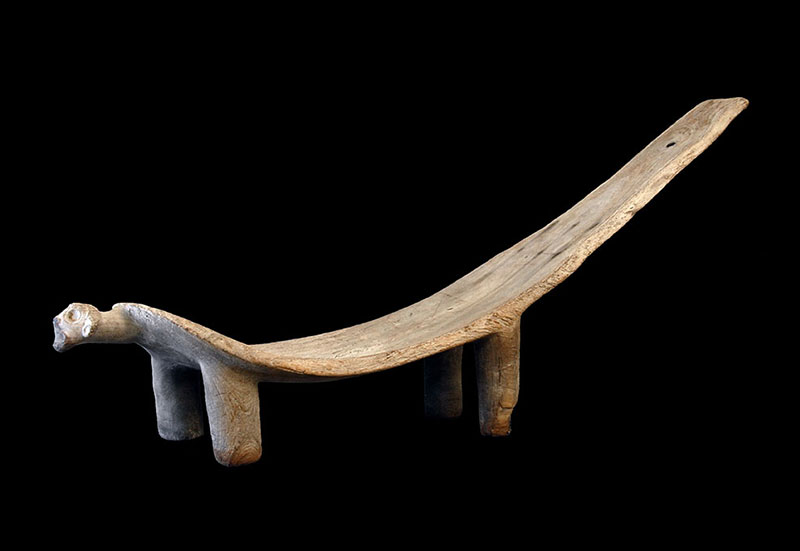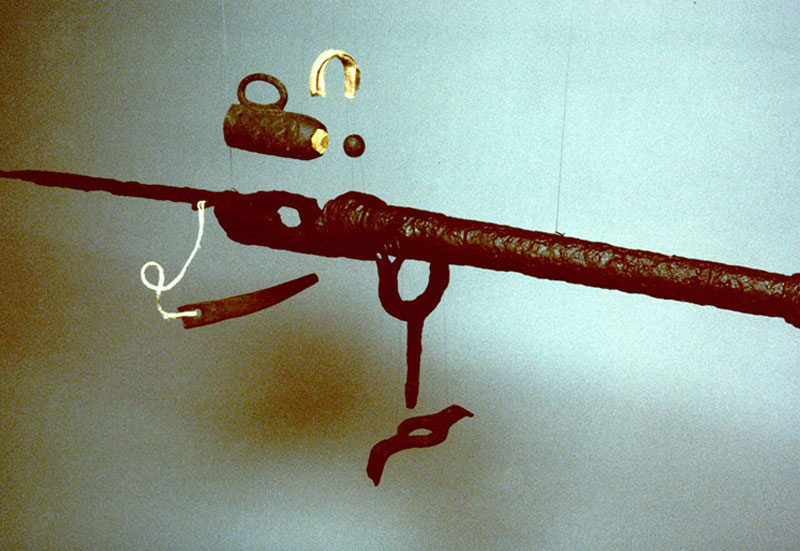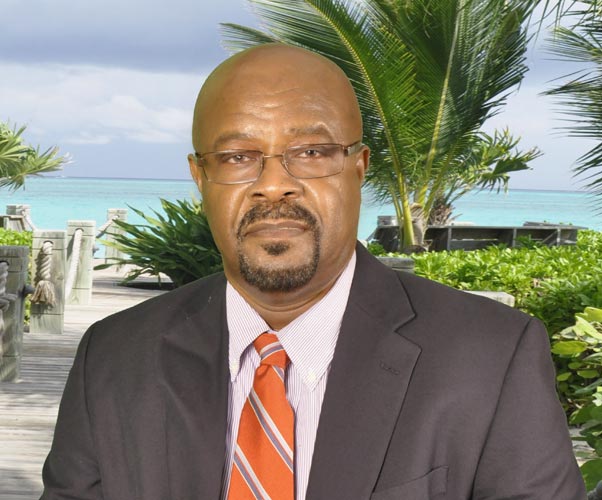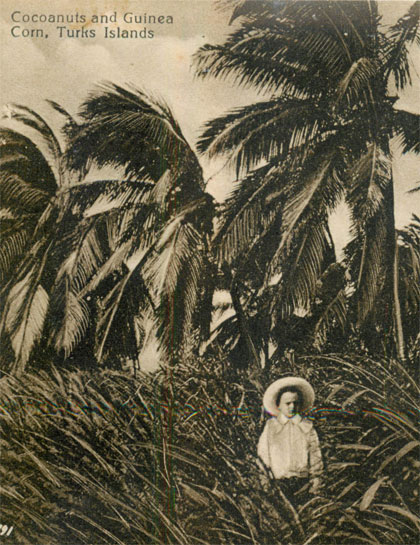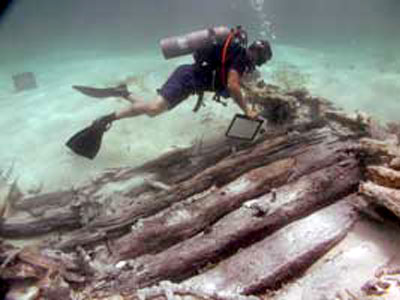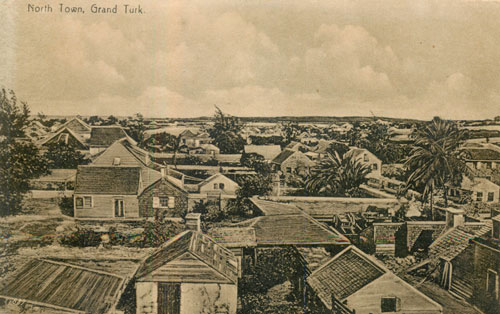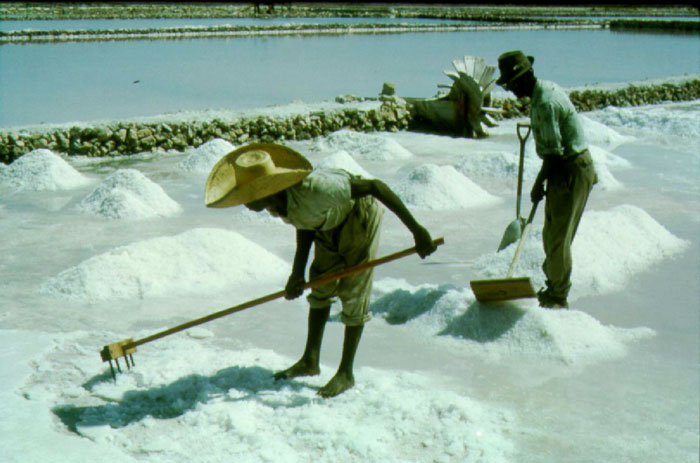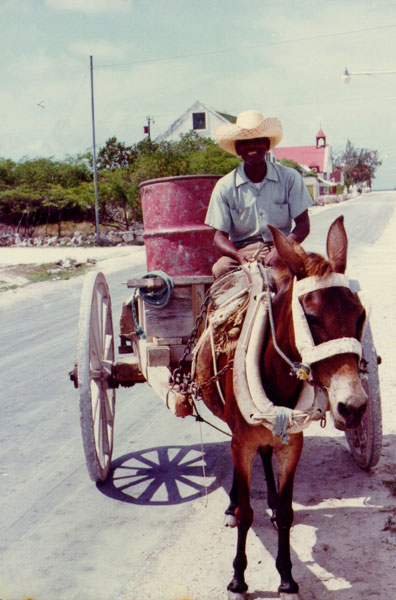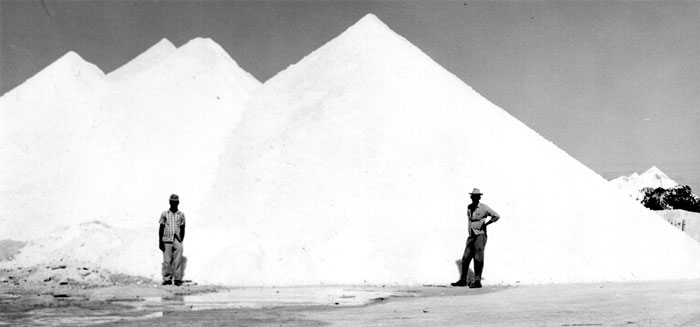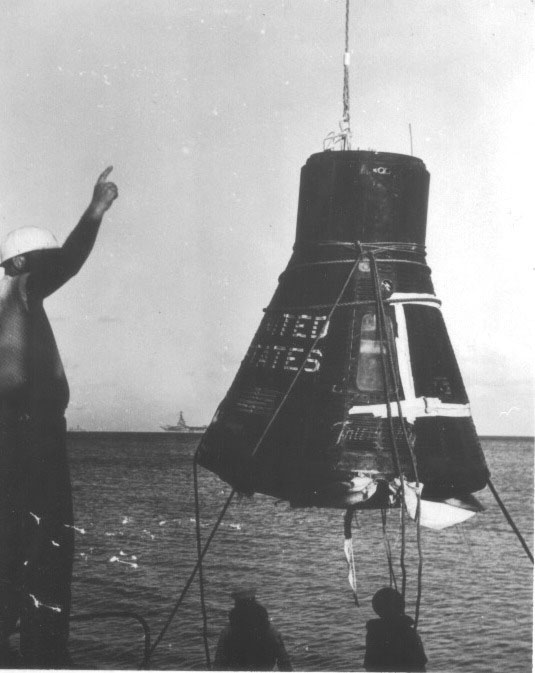Wade Stubbs on North Caicos
The best preserved of the plantation sites in the Caicos Islands has to be Wades Green.
It is also one of the better-understood sites because Paul Farnsworth, Louisiana State University, carried out archaeological excavations there in 1989. All though it is clear that the interpretation of some of the buildings in the main complex is at question (the Overseers accommodation only gained this name because a set of keys were found there) it was a beginning, which unfortunately has not been followed up. The site has also been a central part in a community project: as part of a drug rehabilitation and anti drug movement there has been an ongoing project to make the site more accessible and the National Trust has also become involved to help interpret the site. This has recently seen an opening ceremony held at the site on September 14th 2001.
Wade Stubbs, a Florida Loyalist, listed his losses during the Revolutionary War as 1 450 acres of land, 15 head of stock and, 4 riding horses with slave holdings of three Negro men and two children. In 1782 Stubbs petitioned the British Crown for land in the Bahamas to compensate his losses.
Wade Stubbs set up “Bellefield” after being granted 860 acres on the 27th March 1789: “860 acres on the island of Grand Caicos, one of our Bahama Islands, bounded on the West by James Misick’s land, easterly by Catherine Davis’ land and vacant land, and southerly by salt marshes”. This was the second of the largest grants of land and on 10th February 1791 he was granted a further 100 acres. Wade Stubbs lives on in the annals of slave history, as it was from his estate in 1800 that 14 slaves escaped together, becoming the largest single escape of slaves in the Bahamian Archipelago.
He was the largest of the plantation owners and at the time of his death in 1822 he owned Wades Green (3000acres), Cheshire Hall (5000 acres) and Haulover. The 1822 slave register lists 384 slaves in his ownership. It appears that after his death Henshall Stubbs took some of the slaves to Grand Turk to work in the salt industry. The remaining slaves were left in North Caicos to fend for themselves. Soon these slaves started to congregate around Kew.
Future research will clearly be made into Wade Stubbs. In recent years the Stubbs family has been one of the most popular to be researched by family historians interested in their relatives in the Turks and Caicos. This is assisting the Museum by providing access to previously unseen documents held in private collections in the USA and Britain.



